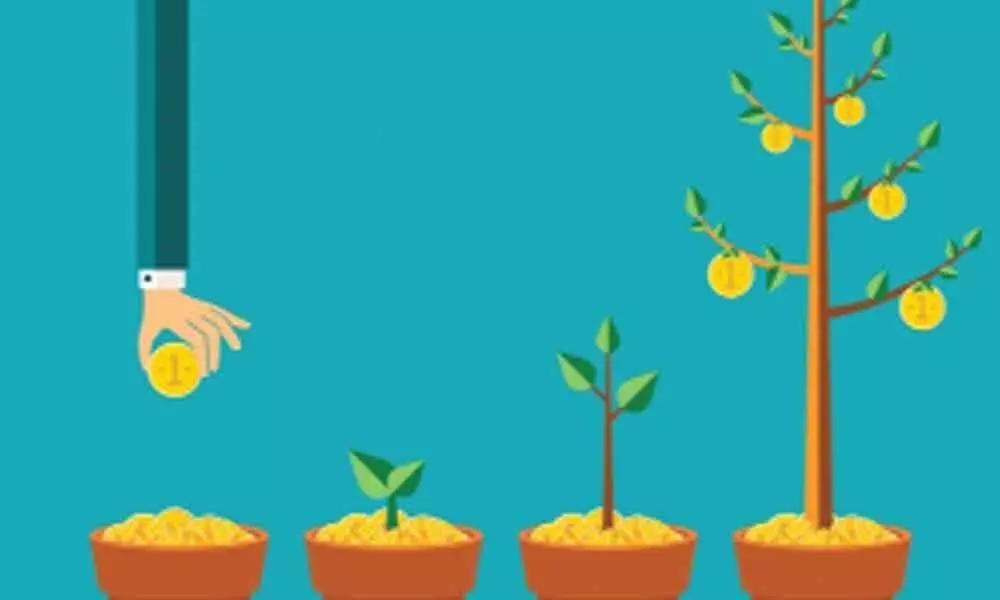Patience key to reap rewards in stock markets

There’s always a conundrum when investors ask me about how long is long term in investing?
There's always a conundrum when investors ask me about how long is long term in investing? There're conventional examples of how we groom our children, how we invest time, energy and even money to bring them, most times, to our tastes or likes.
Then there's another parallel to this is about investment in education. Would you expect to pay it off immediately? For instance, if one were to get an ivy-league admission, the amount of time is pretty long which could've begun quite early in the secondary schooling stage going up to the exact admission.
And then would it just be enough? May be yes, a good career break or a lateral entry into a position of a defined future. But, to build a righteous character of an adult, the investment (time) happens very early into childhood.
How important it is to have a great character as an individual along with good education. Similarly, in investing, a judicious portfolio is critical, though there're no specific guidelines but which reflects the risk profile of the investors.
Experts insist investors to at least stay through a market cycle to maximise their returns. According to Investopedia, typical market cycle involves four stages viz, accumulation, mark-up, distribution and mark-down.
Accumulation is that stage of the markets where there is a huge dip and mostly accompanied with prolonged stage of consolidation or side-wise movements.
Investors are fearful and largely reluctant to place their bets into stocks as they find alternate assets doing well, relatively. This is when the bargain is available, and a little risk would result in rich dividends over a long period.
Mark-up phase is when select stocks show green shoots of uptick and begin to perform. People on the sideways tend to allocate a bit into stocks and slowly momentum builds up at least in the narratives of the market participants.
Still people are not completely bought into the rally as economy still may not reflect the mood of the markets.
Distribution phase is when the stocks begin losing the fizz but the volumes still intact, however, sellers dominate buyers.
The earlier bullish sentiments of the previous cycle still remain while on the wane. Slowly this sentiment deteriorates to make way for the sluggish market performance during this phase after peaking.
This leads to mark-down phase which typically is characterised by sharp falls in the stock market. The entire cycle generally lasts four - five years of time.
But, for an investor to completely gain out of an investment of a stock is to play out the business cycle. That's different from that of what market plays and sometimes irrespective of the stock price.
Business cycles typically reflects the fluctuation of activity in an overall environment. The business cycle would vary across sectors and the various governmental, regulatory and macro-economic cycles play an important role in the way it pans out.
The economic conditions and the accompanied macro aspects like interest rates, inflation, trade balances, etc which define the economic expansion or contraction also play a vital role for the businesses to thrive and improve their profitability.
The above scenarios point out to timing the markets which is not always easy as the cycles are not linear, and they overlap each other's making it tough to perfectly time. Solution thus lies in time spent in the market.
What many investors do forget or not give the due is to the power of compounding. And the secret for the compounding to work is only through time.
The longer the tenure, the higher the outcome for the same return rate. For gaining maximum out of our investment, one needs to deploy their patient capital.
(The author is a co-founder of "Wealocity", a wealth management firm and could be reached at [email protected])
















